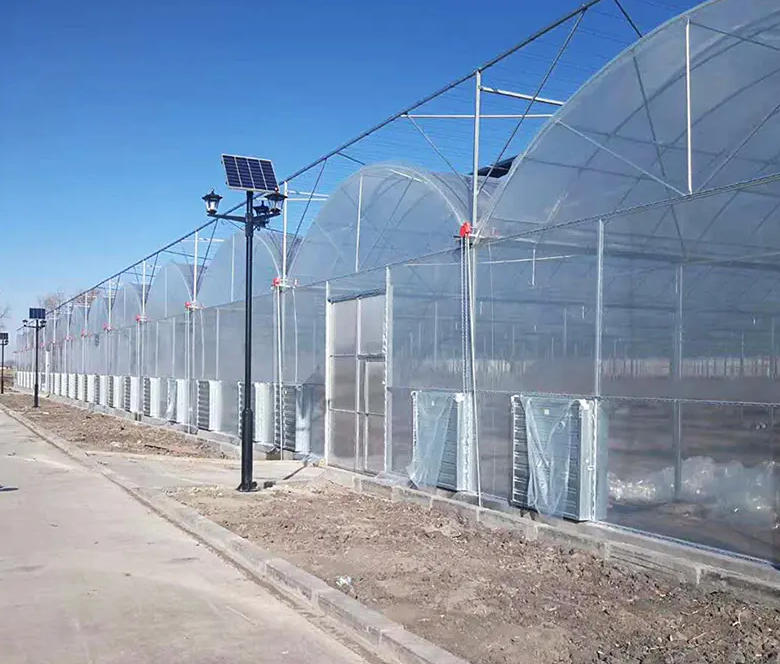As the global population continues to rise, the need for efficient and sustainable farming practices becomes more pressing. Greenhouses are playing an increasingly important role in meeting the growing demand for food, while also contributing to environmental sustainability. The future of greenhouses is closely tied to evolving trends in technology, urbanization, and environmental concerns.
One of the key trends shaping the future of greenhouses is the rise of smart technology. The integration of sensors, automated systems, and data analytics into greenhouse operations allows farmers to optimize growing conditions in real-time. For example, temperature and humidity levels can be continuously monitored and adjusted based on environmental data, reducing the need for manual intervention. This not only improves crop yields but also enhances resource efficiency. Smart irrigation systems can detect moisture levels in the soil, ensuring that plants receive the right amount of water without wastage. As technology continues to advance, greenhouses will become more integrated with artificial intelligence, enabling fully automated operations that require minimal human oversight.
Another significant trend is the increasing focus on sustainability. Traditional farming practices have often been criticized for their environmental impact, particularly with regard to water consumption and land use. Greenhouses, on the other hand, offer a more efficient use of resources. By reducing water evaporation and minimizing soil erosion, greenhouses help conserve valuable resources. Additionally, greenhouse farming allows for the cultivation of crops in urban areas, reducing the need for long-distance transportation of food. As cities expand and land for agriculture becomes scarcer, the ability to grow food locally through greenhouse farming will become even more crucial.
The concept of vertical farming is also gaining momentum, particularly in urban areas where space is limited. Greenhouses are increasingly being used to support vertical farming systems, where crops are grown in stacked layers rather than sprawling fields. This method makes it possible to produce large amounts of food in small spaces, an essential feature in cities with limited agricultural land. Furthermore, vertical farming often incorporates hydroponics or aeroponics, techniques that use little to no soil and use water and nutrients more efficiently. These innovations will likely play a significant role in addressing food security in urban environments.
Climate change is another factor driving the development of greenhouse technology. As global weather patterns become more unpredictable, greenhouse systems provide a reliable solution for mitigating the effects of extreme weather events. By shielding crops from frost, excessive heat, and heavy rainfall, greenhouses offer a buffer against climate change’s negative impacts. In regions prone to droughts, greenhouses can reduce water usage by using more efficient irrigation methods, such as drip irrigation.
In conclusion, the future of greenhouses is closely tied to advancements in technology, sustainability, and the need for food security in an increasingly urbanized world. As greenhouse technology continues to evolve, it will play a critical role in addressing the challenges of modern agriculture, offering a solution that balances efficient food production with environmental responsibility.
